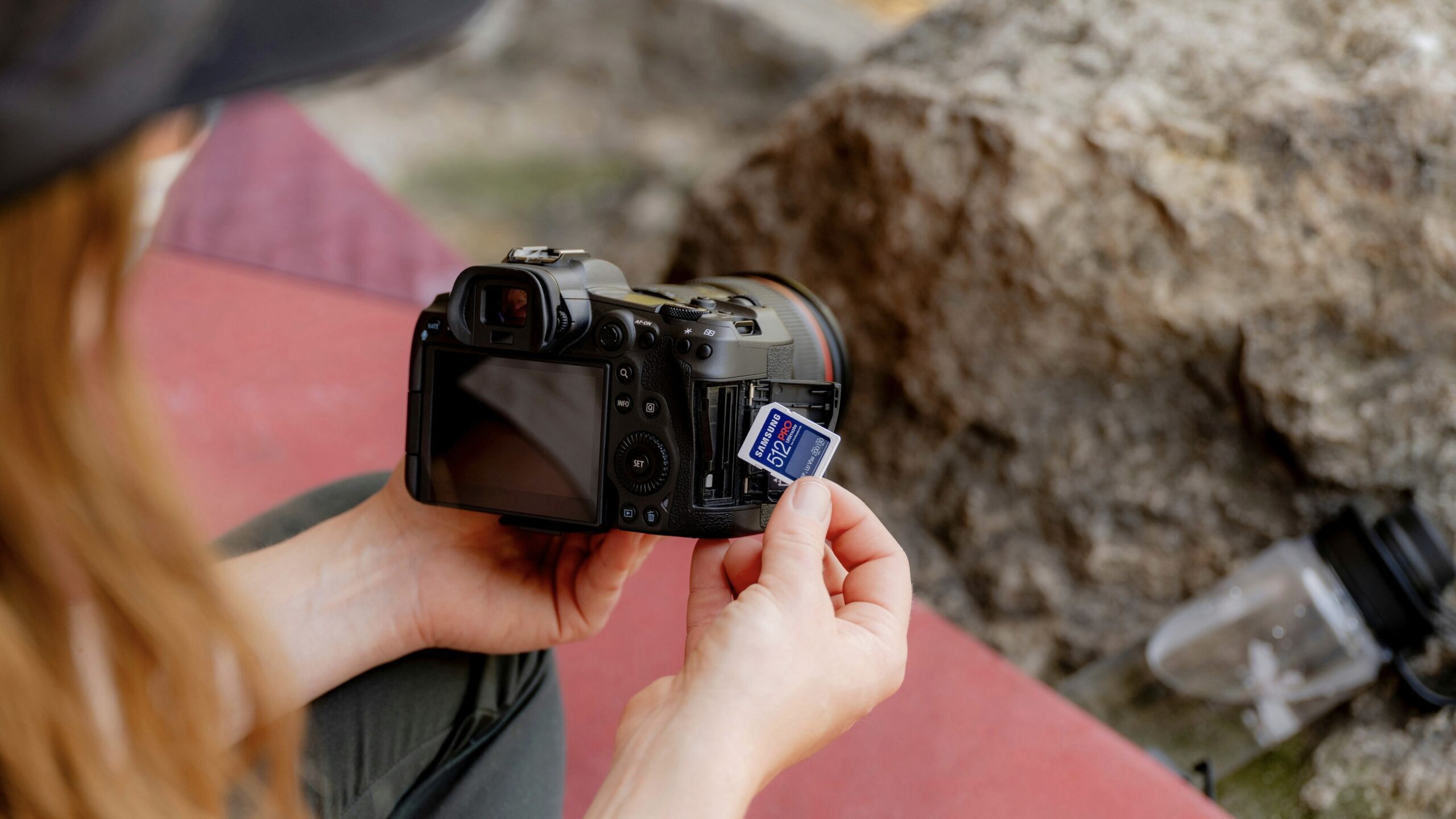By Gaozong Vang
Few things in life have as much potential to inspire amazing stories as traveling and adventuring. If you have a trip coming up, now is the perfect time to think about how you can document your adventure and share your story with others.
Creating a travel video is a great way to record your experiences and share details of your travels with friends and family. That said, no one wants to waste time painstakingly shooting, organizing, and editing footage while trying to enjoy their vacation. Fortunately, AI can do a lot of the heavy lifting for you.
In this post, we’ll walk you through five steps for creating amazing travel videos and show you how AI can help.
1. Plan Your Video Ahead of Time
Planning out your video before you leave for your trip can make filming less stressful and reduce the time it takes to edit later. To get started, consider the type of video you want to create, its intended audience, and which platforms you plan to post it on. These factors will help you determine the best equipment to bring and how much footage you’ll need.
Travel videos are usually unscripted, but that doesn’t mean you can’t plan ahead. Here are some tips to give your travel video a solid foundation:
- Brainstorm Ideas: Think about what makes your travels the most memorable. Is it the people you meet? The food? The scenery?
- Look for Inspiration: Get inspired by travel videos other people have created. If you aren’t sure where to look, Vimeo has an extensive library of travel video clips to help get your creative juices flowing.
- Research your destination: Determine the types of footage you’ll need to capture while you’re there based on the destination.
- Create a storyboard: A storyboard is a visual representation of your video that gives your story structure while still leaving room for flexibility. It can be sketched out or created using images, animations, or other graphics.
- Make a shot list: A shot list is a list of clips you want to include in your video. Creating this ahead of time will help you stay organized.
You can leverage AI as you plan your video to help brainstorm ideas and create a detailed storyboard. If you’re looking for inspiration, try using an AI video generator to create a custom sample video based on your destination. For example, you could ask the AI to create a travel video highlighting popular tourist destinations in Paris to get an idea of how you could structure your own video.
You can also use AI tools like the Krock.io online storyboard creator and Canva’s Magic Design tool to design your storyboard. These tools use pre-made templates to create custom designs and allow you to personalize them with your own images, video clips, or drawings.
2. Use High-Quality Footage
Whether you plan to post your travel video on social media or share it privately with friends and family, your footage should be clear, engaging, and relevant to your story. Follow these steps to capture high-quality footage:
- Choose the right camera: Your camera should be small enough to easily take with you and have the ability to film in various conditions.If you’re on a tight budget, your smartphone camera can be a great option for filming on the go. Many AI video editors (including ours) also offer mobile apps, making editing smartphone footage easy.
- Bring a tripod or stabilizer: Lightweight tripods and stabilizers can help keep your shots steady and prevent shakiness.
- Film form multiple angles: Diversify your shots by including a variety of wide shots, close-ups, and panning shots. This will make your video more visually interesting.
If you need help polishing your footage, Runway offers AI editing tools that can perform various editing tasks automatically. Runway’s AI Magic tools can remove people and objects from clips, color grade with text prompts, and clean audio tracks.
The purpose of a travel video is to tell a story, so there’s no shame in using AI to supplement your footage if some shots didn’t turn out as you’d hoped. AI tools like Visla and Pictory can suggest quality stock footage to add to your video and fill in gaps left by missing footage. AI-suggested footage can also provide extra b-roll and accompany voiceover to add context and create more visual interest.
3. Sort and Organize Your Footage
Collecting more footage than you think you’ll need when filming is always best. However, that means you’ll likely have a lot of footage to sort through before you edit.
The easiest way to keep your footage organized is to sort it using AI. Divinci Resolve has an AI facial recognition feature that can sort footage automatically based on who appears in each clip. If your video features multiple people, the AI will group clips featuring each person together to make locating them easier.
If you plan to include photos in your video, applications like PhotoPrism and Excire can use AI to automatically tag and sort your images. These applications analyze images based on their content and make them easily searchable by subject matter, location, color, or date.
4. Use AI to Edit Your Video
Editing your video is one of the most important steps, so you’ll want to choose the right video editing software. Fortunately, video editing is much easier than it was in the past, thanks to AI-assisted editing tools.
Tools like Visla, Animoto, and WiseCut offer AI-assisted editing that simplifies the editing process. For example, Visla’s AI-assisted editing feature can automatically remove pauses and filler words and provides user-friendly text-based editing. If you need help structuring your video, InVideo offers fully customizable templates for multiple video types and formats.
No matter how you choose to edit your video, these strategies can help take your video to the next level:
- Add background music: Travel videos are meant to be fun and inspiring. Adding background music that fits the tone of your video can make your soundtrack more interesting.
- Add voiceover: Voiceover can provide context for clips that don’t use sound and help tie your video together.
- Try interesting effects or filters: Adding visual elements like unique effects and filters can make your video feel more polished and unique. For example, you could add a text overlay of a country or city’s name whenever your video introduces a new location.
After you’ve edited your video, don’t forget to share it! There are countless ways to share your finished product, including posting a link on social media, uploading it to your YouTube channel, and sending a link directly to friends. If you used Visla’s video editing tool to create your video, you can share the link to your finished product with friends or family using our sharing feature.
Creating a travel video is a great way to document your travels and share your experience with others. By following these tips, you can create an amazing travel video with less effort.
For more video tips, check out our guide sharing eight ways to create engaging video content, or head to our AI video generator to find inspiration for your next video.


Leave a Reply
You must be logged in to post a comment.